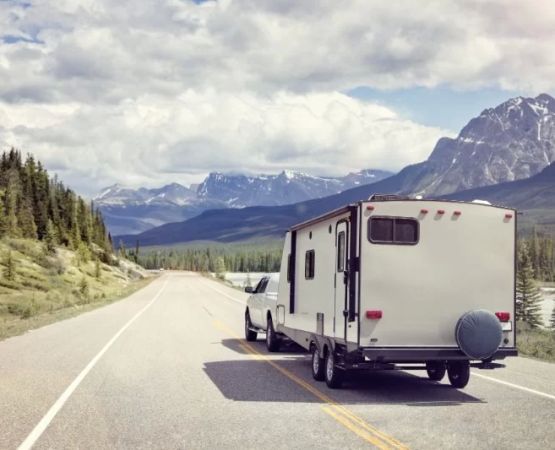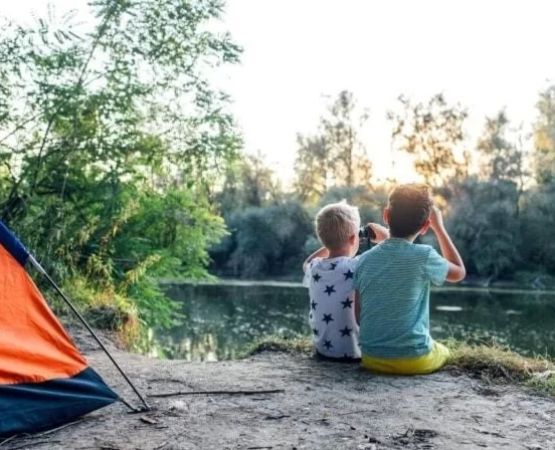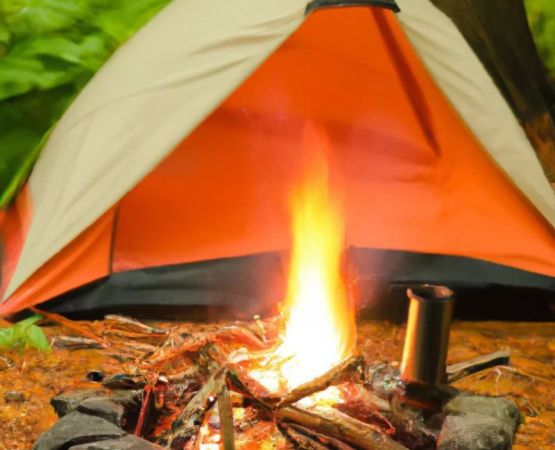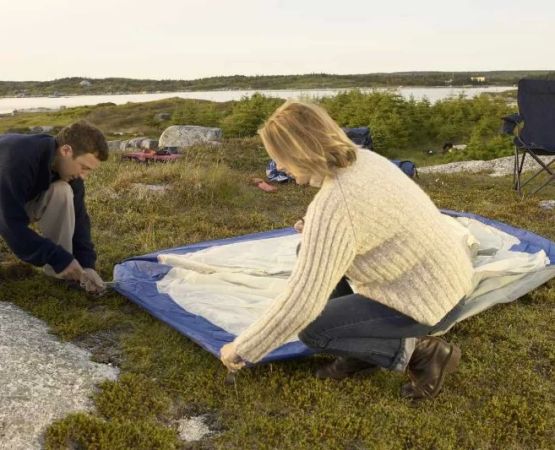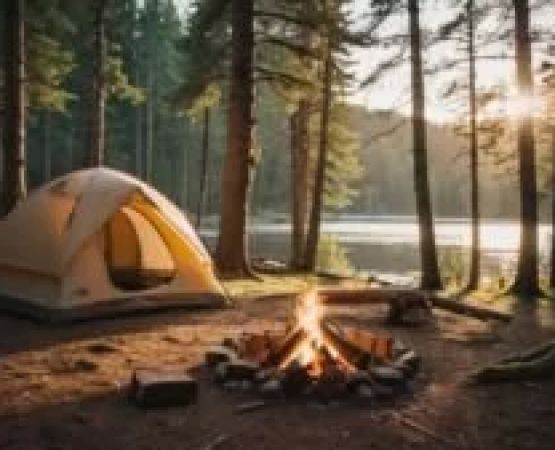How to Make Your Camping Gear More Sustainable for the Future
As an avid camper, I’ve always been drawn to the beauty of nature, the tranquility of the outdoors, and the simple joys of setting up camp under the stars. However, as I've spent more time exploring the wilderness, I’ve come to realize how much impact our outdoor activities can have on the environment. From single-use plastic bottles to fast-fashion camping gear that wears out quickly, the outdoors is starting to feel more like a disposable playground than a sanctuary. That realization pushed me to look for more sustainable ways to camp—ways that would allow me to enjoy the great outdoors without leaving a trail of waste behind.
1. Choose Eco-Friendly Camping Gear
The first step in making my camping gear more sustainable was upgrading my equipment. Instead of using cheap, mass-produced items, I started opting for high-quality, eco-friendly alternatives. I discovered that there are numerous outdoor brands that are dedicated to sustainability, using recycled materials and natural fibers to create long-lasting products.
For instance, many companies now produce tents, backpacks, and sleeping bags made from recycled polyester or organic cotton. These materials are not only better for the planet, but they’re also durable, meaning they’ll last through multiple camping trips. Instead of buying new gear every season, I now invest in high-quality items that can withstand the test of time, saving money in the long run and reducing waste.
Additionally, I found that opting for equipment designed to be multi-functional, like a sleeping bag that doubles as a jacket or a camping stove that can run on both gas and wood, significantly reduces the amount of gear I need to carry. This reduces my overall environmental footprint.
2. Avoid Single-Use Plastics
One of the biggest sources of waste I used to bring with me on camping trips was single-use plastics. From plastic water bottles to food packaging, I often found myself leaving behind a trail of trash. However, over the years, I’ve switched to reusable alternatives, and it’s made a huge difference.
Instead of using plastic bottles, I now carry a reusable water bottle that I can refill on the go. I also invested in a durable, stainless steel coffee mug and a set of reusable plates and utensils. These small changes have made camping more enjoyable, knowing I’m leaving behind less waste. Additionally, bringing my own containers to store food helps cut down on packaging waste.
Sometimes it’s easy to overlook how many plastic items we consume during a camping trip, but once I started paying attention, I realized how easy it is to eliminate most of it. I’ve even stopped buying food that comes in non-recyclable packaging, opting instead for fresh ingredients or bulk goods.
3. Leave No Trace: Be Mindful of Your Impact
When I first started camping, I was eager to explore as much land as possible, but I didn’t always pay attention to the impact I was leaving behind. I quickly learned that the Leave No Trace (LNT) principles are an essential part of sustainable camping. These guidelines are designed to minimize human impact on the environment and help preserve nature for future generations.
For example, one of the most important LNT principles is to avoid disturbing natural habitats. I make sure to camp in designated areas to minimize damage to fragile ecosystems. Additionally, I always clean up after myself and pack out all trash, even if it means going the extra mile.
Another valuable tip I’ve learned is to leave natural objects like rocks, plants, and wildlife undisturbed. This includes not picking plants or leaving behind food scraps that might attract animals or disrupt the local ecosystem. By respecting the land and following the LNT principles, I’m able to enjoy my camping trips while minimizing my environmental footprint.
4. Repair and Repurpose Your Gear
One of the most sustainable practices I’ve adopted is repairing and repurposing my camping gear instead of throwing it away. Whether it’s sewing up a hole in my tent or patching up a sleeping pad, taking the time to fix items rather than replacing them has greatly reduced my overall waste.
Many outdoor brands even offer repair services for their products or sell repair kits to help you extend the life of your gear. I've also learned how to repurpose old gear. For example, my old camping tarp has become a multi-use tool: I’ve used it for everything from protecting my gear from rain to setting up a hammock shelter.
By giving my gear a second life, I’m saving money and resources while helping to reduce the demand for new items. Plus, there’s something deeply satisfying about breathing new life into old equipment that holds memories of past adventures.
5. Choose Eco-Friendly Campsites
One of the more overlooked aspects of sustainable camping is choosing eco-friendly campsites. Many campsites now prioritize sustainability, offering composting toilets, recycling stations, and sustainable energy sources like solar power. Some sites even host educational programs on conservation and sustainable living, which I’ve found to be incredibly insightful.
When I plan my trips, I prioritize campsites that are committed to sustainability. Not only does this reduce my carbon footprint, but it also supports businesses that are doing their part to protect the environment. I’ve found that these eco-conscious campsites often offer more peaceful and natural experiences since they limit their environmental impact, ensuring that nature remains as undisturbed as possible.
It’s also a great idea to check if the campsite practices waste management and has sustainable initiatives in place, like tree planting or habitat restoration efforts. By choosing these types of locations, I feel confident knowing I’m supporting the right kind of tourism and ensuring the area remains beautiful for future campers.
6. Educate Yourself and Others
Finally, I’ve learned that one of the most powerful ways to promote sustainability in camping is by sharing knowledge. Over the years, I’ve had many conversations with fellow campers about the importance of reducing waste, choosing eco-friendly gear, and protecting natural spaces. Encouraging others to make more sustainable choices is one of the easiest ways to amplify the impact of individual efforts.
Whether it’s talking to friends and family or sharing information online, educating others helps create a broader community of environmentally-conscious campers. We all have a responsibility to protect the beautiful places we enjoy, and the more people understand the importance of sustainable camping practices, the greater the collective impact we’ll have.
With every camping trip, I continue to learn and refine my approach to sustainability. By making small, mindful changes, I’ve managed to reduce my impact on the environment and help preserve the outdoors for future generations. I encourage you to take these steps and find ways to make your camping experience more sustainable—after all, we all have a part to play in protecting the natural world we love.


